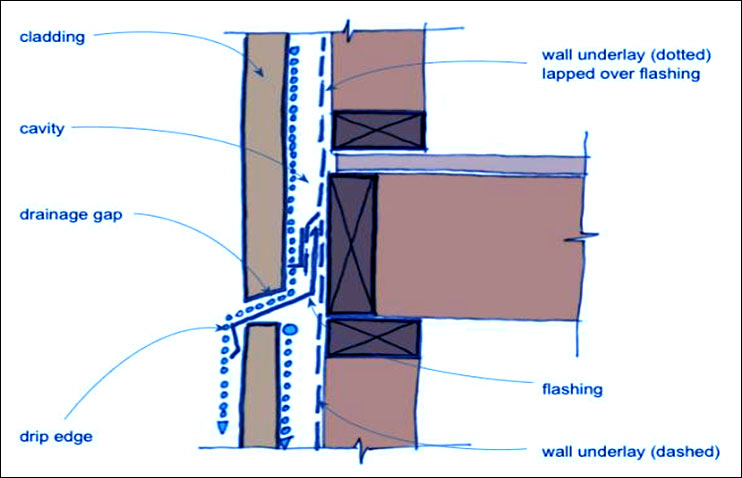TechBrief: Precast Concrete Panels for Repair and - An Overview
The Ultimate Guide To HIGH PRECAST ARCHITECTURAL FACADE SYSTEMS

Credit: Initial short article released here. What is a joint? Figure 1: Block 9, Fargo, ND A joint is a deliberate space that usually produces a tolerance for clearance in between nearby building and construction components and supplies a buffer location where production, erection and interfacing tolerance discrepancies can be soaked up. Did you see this? relate to the measurements and dimensional relationships of the specific precast parts.

Interfacing tolerance are related to other materials or building systems in contact with or in close proximity to precast concrete, both before, throughout and after precast erection. Joints might likewise be required to accommodate changes in wall panel or structure measurements brought on by modifications in temperature, wetness material, or deflection from used style loads.
The 3-Minute Rule for Code of Practice for Precast Concrete Construction 2016
Figure 1 and 2 show some examples of needed joints. Widths of Joints Figure 2: United States Bank Arena, Minneapolis, MN The designer develops the tolerances needed to make the structure idea work and must temper the desire for close tolerances with the knowledge of what can be almost possible in the plant during building and construction, and in the field during erection.


Joint width should not only accommodate variations in the panel measurements and the erection tolerances for the panel, but should likewise provide a great visual line and adequate width to permit reliable sealing. The efficiency attributes of the joint sealant need to be considered when picking a joint size.
The Best Strategy To Use For Designers Notebook - Summer 1999 Corners and Returns
When joints are too narrow, bond or tensile failure of the joint sealant might occur and/or adjacent precast systems might come in contact and go through unexpected loading, distortion, cracking, and local crushing (spalling). Joint widths must not be selected for factors of look alone, however must connect to panel size, building tolerances, joint sealant products, and adjacent surface areas.
Tolerances in overall structure width and length are consumed in the panel joints. Take a plan measurement of a structure, out to out, being 2" too small over 300'. The joints widths are a little reduced over the majority of the wall during erection to appropriately find corners at a slightly decreased grid out to out.
UNDER MAINTENANCE